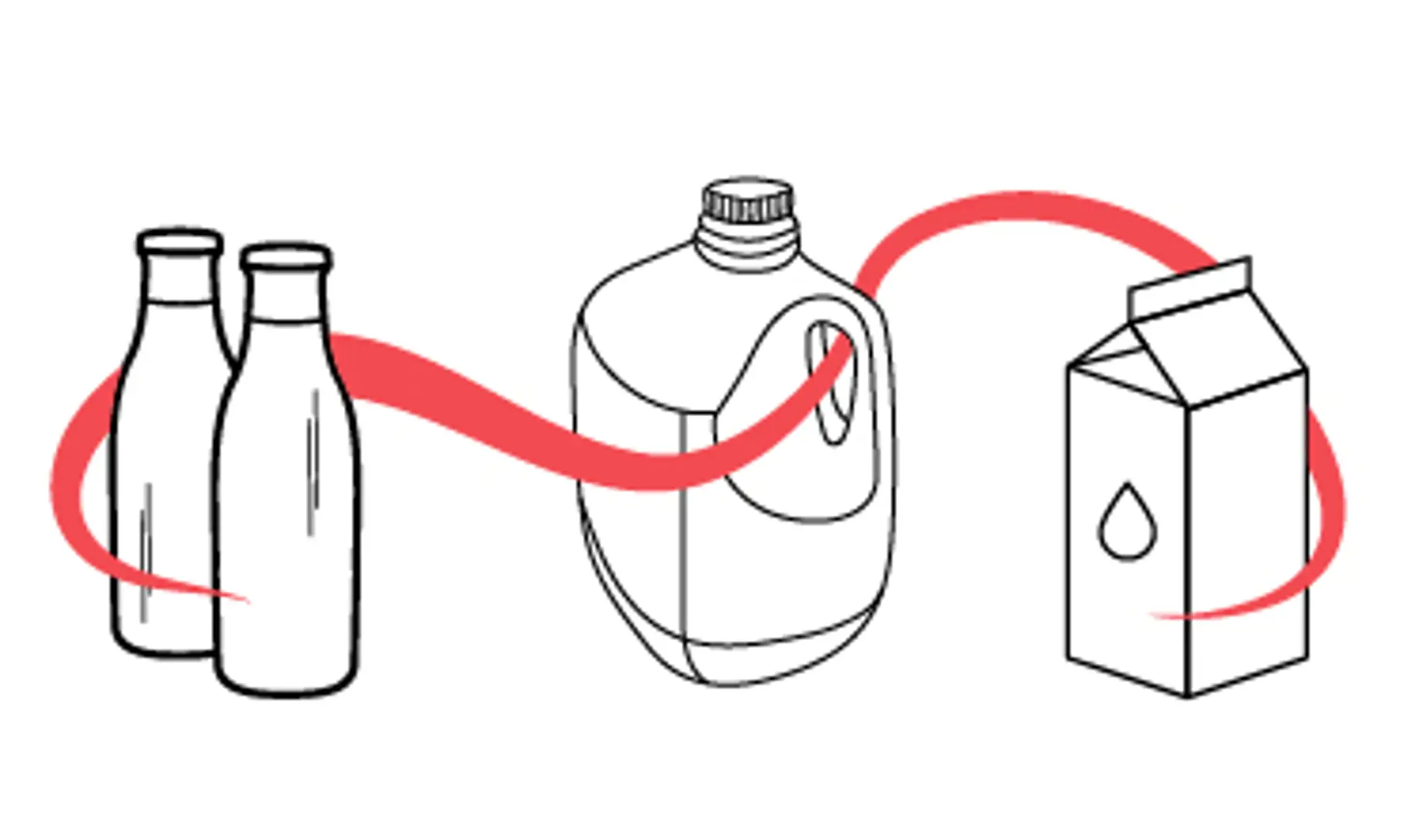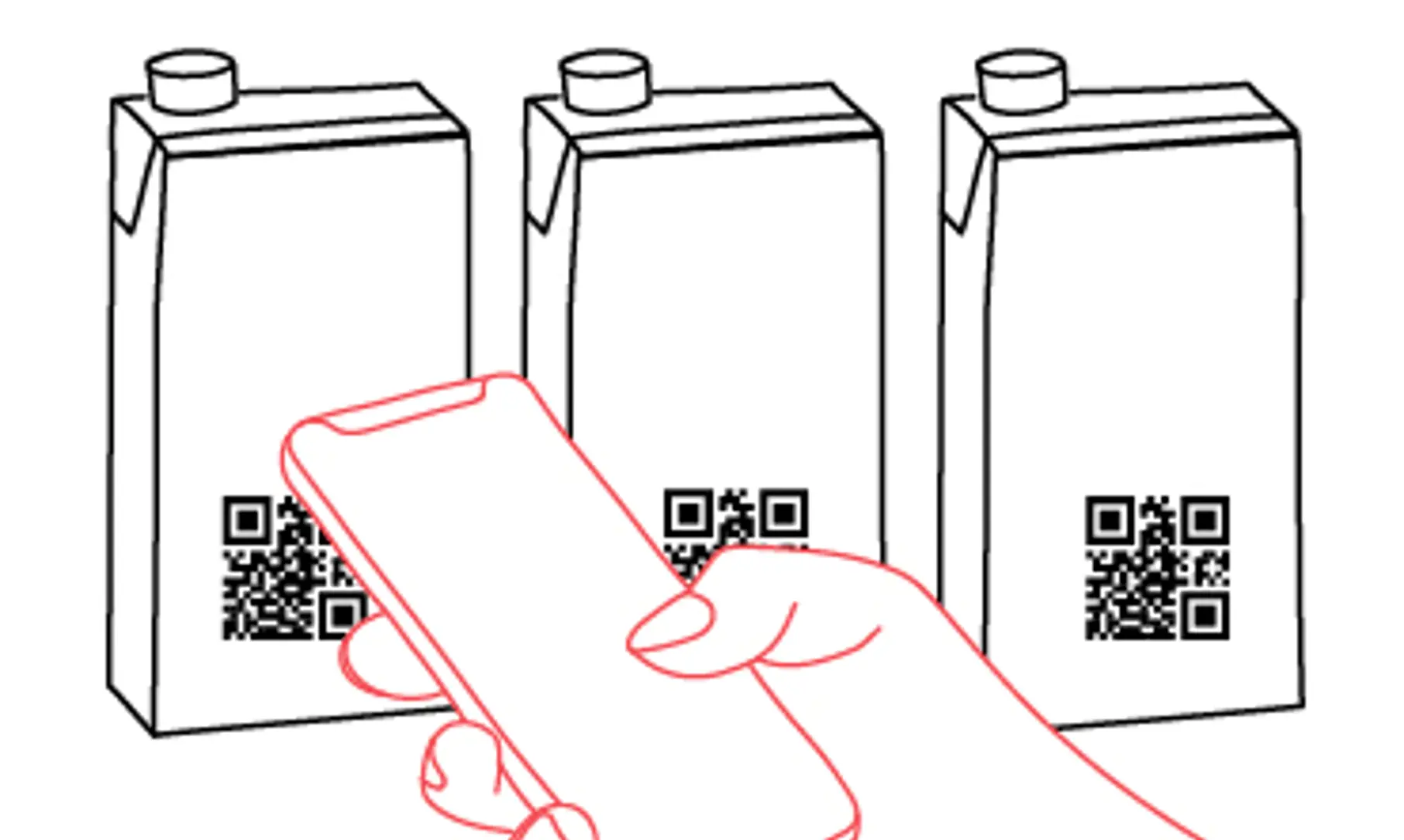Packaging Throughout History

In our new series Time Travel with Packaging, we look at the history of packaging and explore some of the reasons behind its ongoing evolution.
Yesterday’s newspaper, a cardboard box filled with bubble wrap … almost everything we buy comes in some sort of package. And what started out as a necessity has now evolved into a global market with many more avenues still to explore.
But before we delve into what packaging formats have become dated and what’s in fashion today, we’ll discuss the consumer buying process and how it has impacted package design.
Pre-purchase thinking
Packaging has to grab people’s attention – from the colours and fonts, to the physical shape. But it doesn’t end there. While these features are great at drawing awareness, today’s manufacturers have a whole lot more to consider: like how sustainable the packaging materials are, and what information consumers seek from labelling.

Take milk in glass bottles, huge plastic containers and, the no.1 option, cardboard packs – with paperboard the fastest growing milk packaging material in the world. The visual history of milk packaging gives us a good indication of how sustainability has shaped package design: by 1975 in the UK, glass bottles accounted for over 90% of milk packaging. Less than four decades later, that market ownership has dropped to approximately 4%. And though milk bottles are making a small comeback, cardboard packs look set to remain the leader in this segment.
Post-purchase thinking
So, a consumer has taken interest in your product while they shop. Now what? At this stage, trends such as convenience and health and wellness begin to play a role in how the consumer views packaging. Demand for single-serve products puts emphasis on small, compact packaging that can possibly be resealed. And rising allergies and intolerances mean consumers want and need information on packaging pertaining to ingredients and possible allergens.
The right mix
Of course, combining smaller packs with increasingly detailed messaging needs thought. After all, no-one wants to spend five minutes reading tiny text while they shop. That’s where connected packaging has really taken off, with manufacturers using QR codes and NFC tags to direct consumers to additional sources of information. And its where we at SIG come in, offering carton packs that use this kind of technology – so our customers can keep their customers invested.

Digital solutions such as QR codes and NFC tags indicate the ongoing potential of packaging as a communication channel. And so, in part two of the series, take a jog down memory lane with us as we look at the different ways manufacturers have used packaging to engage with consumers. Whether in the form of entertainment vouchers on the back of cereal packs, QR codes that link to games and prizes, or more. Don’t miss out – subscribe to SIGnals Update, our exclusive bi-weekly newsletter, for this series and more.
- aprile 21, 2022
